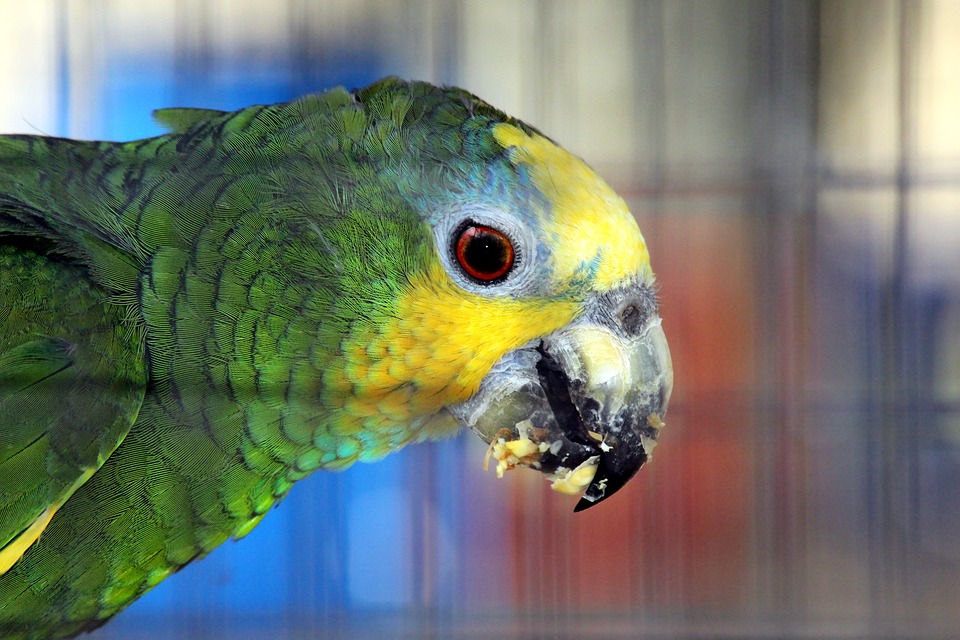Parrots are fascinating creatures with vibrant colors, intelligence, and the ability to mimic human speech. Understanding their behavior is essential for providing them with a healthy and stimulating environment. One aspect of parrot behavior that deserves attention is their grooming patterns, which can be strongly influenced by their mates. In this article, we will explore the fascinating world of parrot grooming and how it is affected by their social interactions.
Grooming is an essential behavior for parrots, serving various purposes beyond just maintaining their physical appearance. It helps to remove dirt, parasites, and dead feathers, aids in regulating body temperature, and contributes to maintaining healthy skin and feathers. Additionally, grooming plays a crucial role in bonding and social interactions within a parrot flock or pair.
One common behavior observed among parrot mates is mutual grooming, also known as allopreening. This behavior involves one bird gently preening the feathers of its mate, often starting from the head and progressing down the body. Mutual grooming helps to strengthen the bond between mates, establish trust, and promote social harmony within their relationship.
Grooming is not only a way for parrot mates to keep each other clean but also a means of reinforcing their pair bond. By engaging in mutual grooming, parrots express their affection and care for each other. This behavior helps to create a sense of security within the pair and strengthens their emotional connection.
Grooming behavior in parrots can also be a form of communication and social hierarchy display. Dominant birds may initiate grooming sessions with subordinate birds, asserting their status within the flock or pair. Conversely, submissive parrots may solicit grooming from dominant individuals as a sign of respect and submission.
Different parrot species exhibit variations in grooming patterns. Some species are more independent in grooming, while others heavily rely on mutual grooming within their flock or pair. Understanding the natural behavior of specific parrot species is crucial for providing appropriate social interactions and enrichment.
Just like humans, parrots have individual preferences when it comes to grooming. Some may enjoy being groomed more frequently, while others may be more reserved. It is essential to observe and respect each bird’s comfort level and tailor grooming interactions accordingly.
The parrot’s environment can also influence their grooming patterns. Stressful or inadequate living conditions, such as a lack of space, poor diet, or insufficient social interactions, can negatively impact grooming behavior. Providing a stimulating and enriched environment is vital for promoting healthy grooming habits.
While having a mate can positively influence grooming behavior, it is not a requirement. Parrots can engage in self-grooming or seek interaction with their human caretakers for grooming purposes. Observing their grooming habits can guide you in determining when additional grooming is necessary.
Feather plucking can have numerous causes, including medical conditions, stress, or behavioral issues. While grooming plays a role in feather maintenance, it is essential to consult an avian veterinarian to identify the underlying cause of feather plucking.
Basic grooming tasks such as nail trimming and beak maintenance can be done by a parrot owner, with proper guidance and training. However, more complex grooming procedures, such as wing clipping, are best performed by a professional avian groomer or veterinarian.
In conclusion, understanding parrot behavior, particularly grooming patterns, is crucial for providing a nurturing and enriching environment for these intelligent birds. By recognizing the influence of mates on grooming behavior, we can better appreciate the social dynamics and emotional bonds within parrot pairs. Remember to tailor grooming interactions to each bird’s preferences and seek professional guidance when needed.









